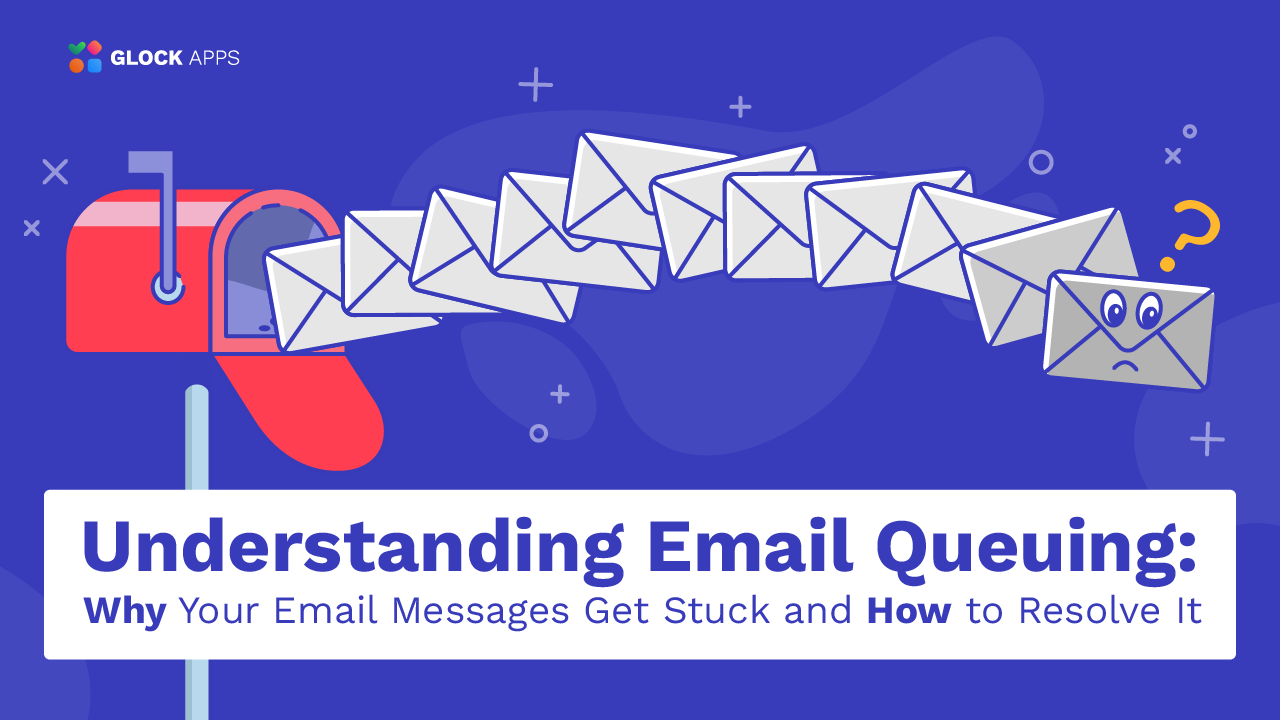Email File Size Limits and Attachment Restrictions

Estimated reading time: 4 minutes
Email remains one of the most widely used forms of communication, both professionally and personally. However, email services have limitations, especially when it comes to file sizes. If you’ve ever tried to send a file by email only to receive an error message about exceeding the size limit, you’re not alone. We will explore email file size limits, attachment restrictions, and practical ways to work around them.
What is the Max Email File Size Limit?
The maximum file size for email attachments depends on the email service provider. Most popular email platforms impose a cap to ensure efficient server performance and prevent misuse. Here are common limits:
- Gmail: 25 MB per email (including the message itself).
- Outlook: 20 MB for most accounts.
- Yahoo Mail: 25 MB.
- Mailchimp: Variable, depending on the content type.
While these numbers represent typical email attachment size limits, keep in mind that the effective limit may be smaller due to file encoding.
Why Are Email File Size Limits Necessary?
File size restrictions exist for several reasons:
- Server Efficiency: Large attachments consume more storage and processing power.
- Bandwidth Conservation: Smaller file sizes reduce strain on internet bandwidth.
- Compatibility: This ensures that emails can be received by recipients using different platforms with varying size limits.
How Big Can Email Attachments Be?
The largest file size you can email depends on your provider’s limits. Even if your email service allows a larger size, the recipient’s email platform may have stricter limitations. For instance, sending a 25 MB file from Gmail might fail if the recipient uses a service with a 10 MB limit.
What Happens When File Sizes Exceed the Limit?
When you attempt to send an email with attachments that exceed the maximum size, you’ll typically encounter one of these:
- Error Messages: The email won’t send, and you’ll be prompted to reduce the file size.
- Rejection by Recipient Server: The email might leave your outbox but fail to reach the recipient.
- Delayed Delivery: Some servers may queue large emails for processing, causing delays.
Tips for Managing Email Attachment Size Limits
1. Compress Files.
Use tools to compress files into smaller formats. For images, reduce resolution or save in optimized formats like JPEG or PNG.
2. Use Cloud Storage.
Platforms like Google Drive, Dropbox, and OneDrive allow you to share files via a link instead of attaching them directly. Mailchimp supports links for larger media files.
3. Split Files into Smaller Parts.
Divide large files into multiple smaller ones that fit within the email size limit.
4. Check Encoding Effects:
Files are encoded in a format called MIME for email transfer, increasing their size by about 30%. Ensure the total file size, including this overhead, stays within limits.
Email Size Limits Across Platforms
Here’s a quick comparison of file size limits across popular services:
| Service | Max Attachment Size | Notable Features |
| Gmail | 25 MB | Suggests Google Drive for larger files. |
| Outlook | 20 MB | Offers OneDrive for large file sharing. |
| Yahoo Mail | 25 MB | Provides Dropbox integration for bigger attachments. |
| Mailchimp | Variable | Optimized for campaigns, with multimedia flexibility. |
How to Optimize Emails for Better Deliverability
Beyond file size considerations, optimizing your emails for efficient delivery can significantly enhance your communication. Keep attachments minimal and focus on concise, relevant content. Large attachments risk rejection and trigger spam filters, reducing the likelihood of your message reaching the recipient. Test your email deliverability with GlockApps to make sure that your emails actually reach the recipients.
Additionally, ensure your emails are mobile-friendly. Recipients often open emails on their smartphones, where download times for large attachments can be slow. Compress images and use alternative formats such as links to cloud-stored files, so you can bypass size limits and also enhance user experience.
Conclusion
Email file size limits are a necessary constraint to maintain the efficiency and reliability of email communication. By understanding these limits and leveraging available tools like file compression and cloud storage, you can navigate attachment size restrictions effortlessly. Whether you’re managing personal or professional correspondence, these strategies will help you stay within the maximum email attachment size and ensure successful delivery every time. Don’t forget to test your email deliverability with the best tools! Try GlockApps today with 2 free email deliverability tests.
FAQ
A typical email attachment size limit ranges from 10 MB to 25 MB.
Most providers cap email file sizes between 20 MB and 25 MB.
Emails larger than 10 MB are generally considered large and may encounter compatibility issues with some platforms.
Most email clients display the size of attachments during composition. Make sure the total email size, including text and encoding, remains under the limit.



